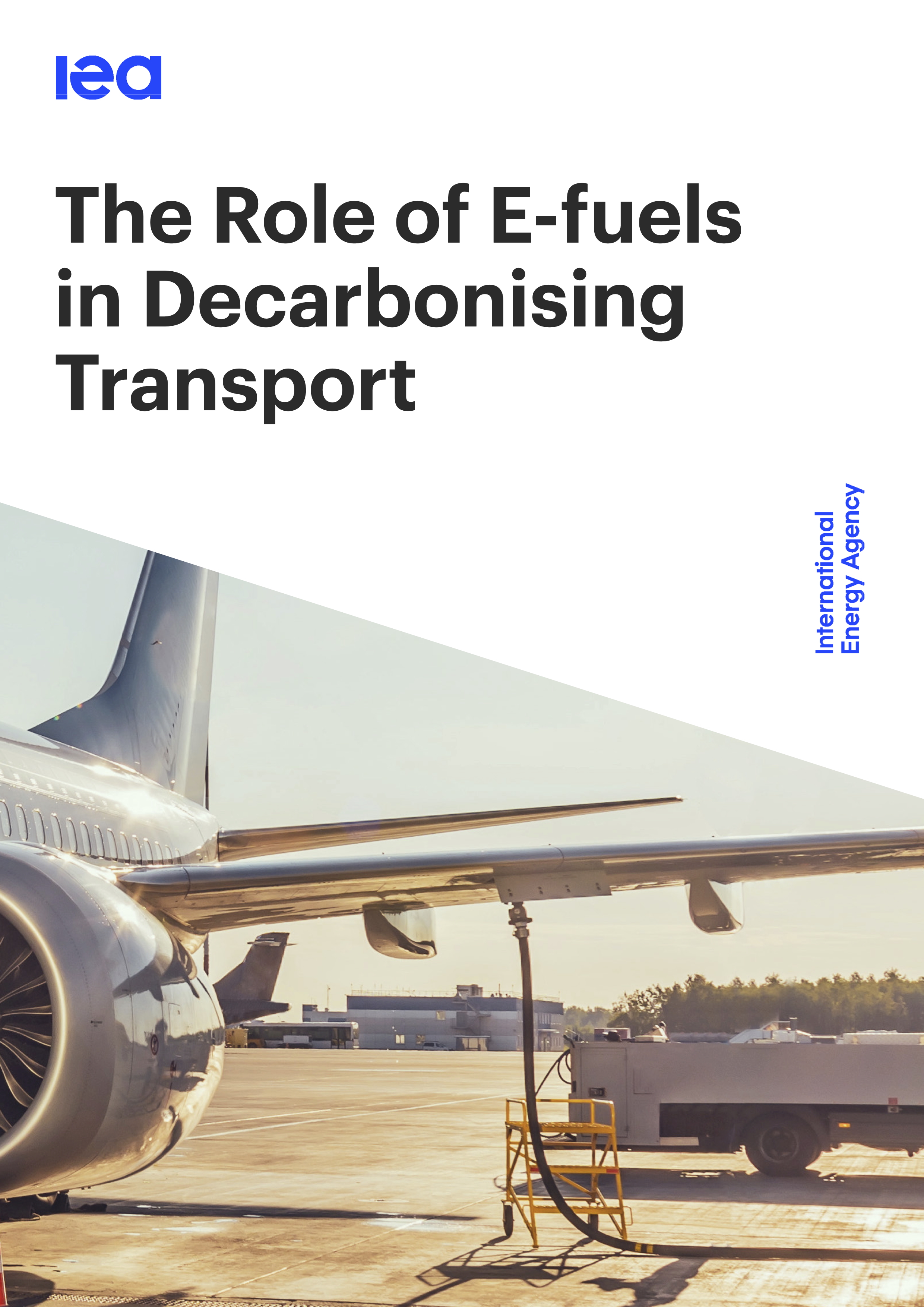Retrospective on the General Assembly meeting | June 28, 2024


On June 28th, Platform Members came together for the General Assembly meeting in Amsterdam. On the programme for the day, Bart Strengers from PBL (Planbureau voor de Leefomgeving or Netherlands Environmental Assessment Agency), was invited to share the result of their study on the pathways towards climate neutrality in the Netherlands by 2050. This was followed by a presentation from Loes Knotter from Platform Hernieuwbare Brandstoffen discussing the upscaling of green carbon for the transport sector to reach the ambitions set for Europe.
In the first part of the meeting, Bart Strengers presented the main results of the three-year study modelling the trajectory required by the different sectors to reach climate neutrality by 2050. A key takeaway of the results is the crucial role of hydrogen and biomass availability to reach climate neutrality. This is especially relevant for the production and deployment of renewable fuels which play a pivotal role in the defossilisation of the aviation, maritime and industry sectors. In addition, carbon capture and storage is a key technology which will be required to reduce emissions from fossil sources and in the longer term allow for negative emissions when combined with a biogenic origin. According to PBL, the biofuel industry is best positioned to be the supplier of biogenic CO2 to achieve carbon neutrality.
To conclude, all solutions will be needed to reach climate neutrality. There is a great need to scale up rapidly the production of renewable fuels to reach that goal in a timely manner. Nevertheless, this modelling helps shed light on the measures that are still needed, bringing more clarity for the path ahead and hope that climate neutrality in the Netherlands by 2050 is still a possibility.
Read and learn more about the study by clicking here.
In the second part of the meeting, the impact of ETS 2 was presented by Loes Knotter. A key takeaway is that a considerable amount of renewable fuels is required already by 2030 to comply with the ETS trajectory. Loes then introduced the group to four topics of discussion to help structure a brainstorming session to provide input in light of a new climate plan.
1. From carbon budget to carbon debt
In order to reach climate neutrality, it is not only important to think about the carbon emissions but also the carbon debt that has accumulated over the years. In such a case, how can negative emissions and CO2 storage be recognised and valorised
2. A serious disruption in the system
In such a scenario where a disruption in the system would lead to no more fossil fuel being present, what would be the most viable option that can be scaled up most rapidly?
3. 2039 ETS 1 and 2043 ETS 2 allowances run out
In this future scenario, which investment pathway would one choose. What are the connections with the chemical industry.
4. Annual obligation after 2030
Who is paying? Who are the obligated parties? What are the most cost-effective options?
Platform Members were invited to share their inputs to close the tap on fossil fuel and mobilise more investments for the scale up of renewable fuels as part of a long-term climate action plan.
Recente artikelen
IEA: Delivering Sustainable Fuels: Pathways to 2035

IEA: The Role of E-fuels in Decarbonising Transport (revised version)

Platformreactie publieke consultatie Besluit energie vervoer 2026-2030

